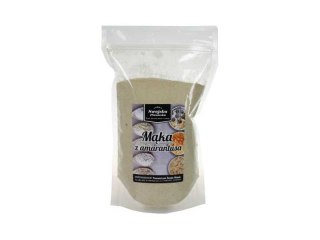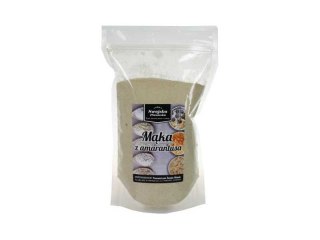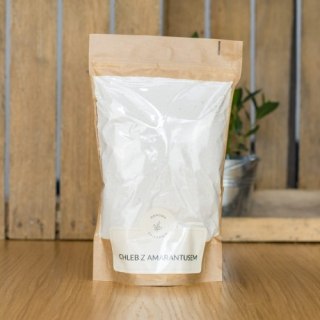-
Kategorie
- ADAPTOGENS
- AROMATHERAPY
- DRIED FRUITS, NUTS, DATES
- GLUTEN-FREE PRODUCTS
- CHOLESTEROL
- CHOCOLATE
- FOR CHILDREN
- FOR ATHLETES
- SUCKING, CANDY
- FOR MAKING VODKA
- FOOD ADDITIVES
- ELECTROLYTES
- FUNGI
- TEA
- COFFEE, CEREAL COFFEE
- COENZYME Q10
- COLLAGEN
- COSMETICS
- LITERATURE
- PASTA
- HONEY, BEE PRODUCTS
- BRAIN
- IMMUNITY
- OILS
- ESSENTIAL
- FLAKES, MUESLI
- PROBIOTIC, PREBIOTIC
- JUICES
- LIQUID SUPPLEMENTS
- DRIED FRUIT
- SYRUPS
- BODY SYSTEMS
- VITAMINS AND MINERALS
- HEALTHY FOOD
- SUPER SET
- HERBS
- HAIR, SKIN, NAILS
- SIGHT
- Promocje
- Nowości
- Bestsellery
- My account
- Favorites
-
Shopping Cart
0
-
Shopping Cart (0)Shopping cart is emptyFor free delivery are missing -,--Free delivery!Remember to complete your orderSum 0,00 złPrice includes discounts
-
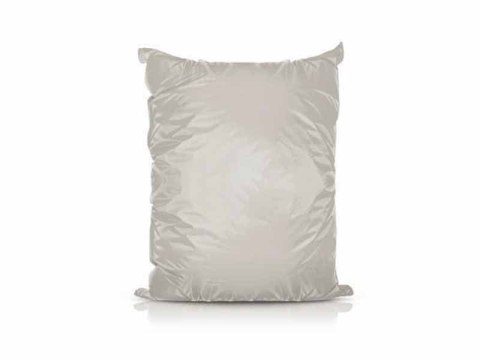
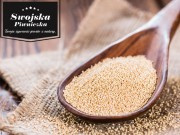




AMARANTH GRAIN 5KG HOMELY CELLAR
Amaranth has many valuable properties. Its composition resembles many other superfoods, but it has something that makes it stand out. We are talking about squalene. The largest amount of it can be found in amaranth oil. This remarkable organic compound is a natural component of lipids in the body. It protects against external factors and facilitates the removal of toxins, especially xenobiotics. These are compounds that are formed as a result of industrial human activity. Squalene also has a protective effect on the central nervous system, and also supports the work of the cardiovascular system. It also stimulates the production of a hormone called DHEA, which has a rejuvenating effect.
- kurier DPD 17
- Ambro Express (zagarnica) 400
What is Amaranth?
Amaranth, the Polish name of this plant is amaranth, it is one of the longest cultivated plants by man. During the discovery of America, travelers along with Christopher Columbus encountered this plant in the ruins left by the Mayans, and along with European explorers it was brought to Europe. Amaranth It was cultivated mainly as an ornamental plant, only in the twenty-first century, after studying amaranth seeds, it turned out that it is an extraordinary source of important microelements and nutrients.
The nutritional value of Amarntus far exceeds that of our European cereals such as rye, wheat and barley. Currently, amaranth is cultivated practically all over the world, the main leaders are South American countries, but a lot of it is also grown in India and Africa. Amaranth is also grown in Poland, most of the Polish crops can be found in the Lublin region. Amaranth, despite its name and comparisons to cereals, in the botanical sense it is not cereal, which is why in many cases it is called pseudo-cereal. An interesting fact is that most varieties of amaranth are inedible and are grown as an ornamental plant in home gardens, but this plant absorbs much higher amounts of carbon dioxide than other native species, so this can also be an advantage of this plant in favor of its cultivation.
Amaranth seeds are gluten-free, so they can be successfully used by people who avoid gluten or suffer from celiac disease.
Properties:
![]() supports the work of the cardiovascular system
supports the work of the cardiovascular system
![]() stimulates the work of the DHEA hormone, which has a rejuvenating effect
stimulates the work of the DHEA hormone, which has a rejuvenating effect
![]() has anti-inflammatory and analgesic effects
has anti-inflammatory and analgesic effects
![]() is a small source of dietary fiber
is a small source of dietary fiber
![]() gluten-free
gluten-free
![]() contains B vitamins and vitamins A and C
contains B vitamins and vitamins A and C
![]() It is a source of magnesium, potassium, phosphorus, calcium and iron
It is a source of magnesium, potassium, phosphorus, calcium and iron
What's included *
| Calories and nutrition facts | Content per 100 g |
Content in 246 g (1 cup) |
|---|---|---|
|
Energy value |
102 kcal | 251 kcal |
| Protein | 3,80 g | 9,35 g |
|
Carbohydrates |
18,69 g | 46,0 g |
| Sugar | 0 g | 0 g |
| Fiber | 2,10 g | 5,17 g |
| Fat | 1,58 g | 3,89 g |
|
Saturated fats |
0 g | 0 g |
|
Monounaturated fats |
0 g | 0 g |
|
Polyunsaturated fats |
0 g | 0 g |
| Cholesterol | 0 mg | 0 mg |
| Vitamin C | 0 mg | 0 mg |
|
folate equivalent |
0 µg | 0 µg |
|
Vitamin B1 - Thiamine |
0,02 mg | 0,04 mg |
|
Vitamin B2 - Riboflavin |
0,02 mg | 0,05 mg |
|
Vitamin B3 - Vitamin PP - niacin |
0,24 mg | 0,58 mg |
|
Vitamin B5 - pantothenic acid |
0 mg | 0 mg |
|
Vitamin B6 - pyridoxine |
0,11 mg | 0,28 mg |
|
Vitamin B9 - Folic acid |
22,0 µg | 54,1 µg |
|
Vitamin B4 - choline |
0 mg | 0 mg |
|
Vitamin B12 - Cobalamin |
0 µg | 0 µg |
| Vitamin A | 0 i.u. | 0 i.u. |
| Vitamin A | 0 µg RAE | 0 µg RAE |
| Retinol | 0 µg | 0 µg |
|
Alpha carotene |
0 µg | 0 µg |
|
Beta carotene |
0 µg | 0 µg |
|
Beta cryptoxanthin |
0 µg | 0 µg |
| Lycopene | 0 µg | 0 µg |
|
Lutein + Zeaxanthin |
0 µg | 0 µg |
| Vitamin E | 0,19 mg | 0,47 mg |
| Vitamin D | 0 µg | 0 µg |
| Vitamin D | 0 i.u. | 0 i.u. |
| Vitamin K | 0 µg | 0 µg |
| Calcium | 47,0 mg | 116 mg |
| Iron | 2,10 mg | 5,17 mg |
| Magnesium | 65,0 mg | 160 mg |
| Phosphorus | 148 mg | 364 mg |
| Potassium | 135 mg | 332 mg |
| Sodium | 6,00 mg | 14,76 mg |
| Zinc | 0,86 mg | 2,12 mg |
| Copper | 0,15 mg | 0,37 mg |
| Manganese | 0,85 mg | 2,10 mg |
| Selenium | 5,50 µg | 13,53 µg |
| Water | 75,2 g | 185 g |
* Source: https://zywienie.abczdrowie.pl/amarantus
How to cook Amaranth?
Amaranth is a small seed the size of a poppy seed, they do not have a very specific taste, they are delicate and slightly nutty, they are cooked in lightly salted water. Then they are a delicious addition to bread, salads or soups.
Amaranth also comes in the form of amaranth flakes, and in a prepared form, the so-called expanded amaranth, or amaranth popping. Amaranth popping is something like puffed rice, ready to be eaten directly, you can add it to yoghurts, muesli or salads.
-
We recommend
-
Similar products
![[{[item.product.name]}]]([{[item.product.photo.url]}] 75w)
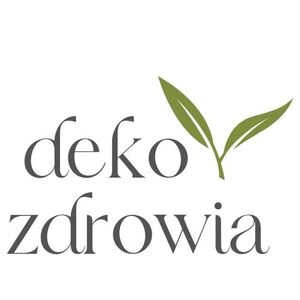

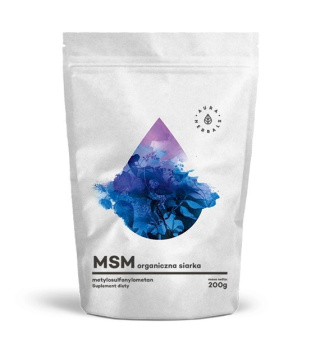
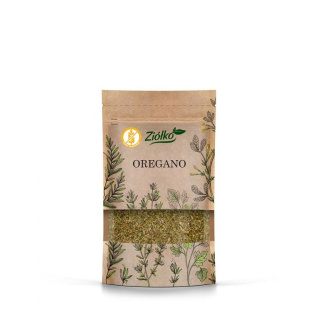
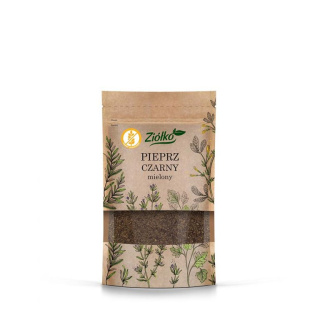
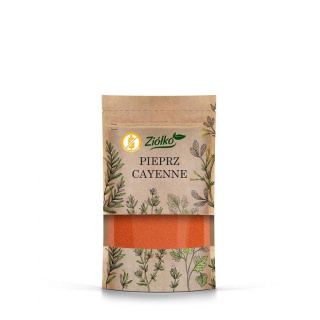
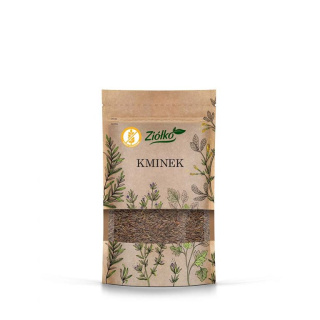
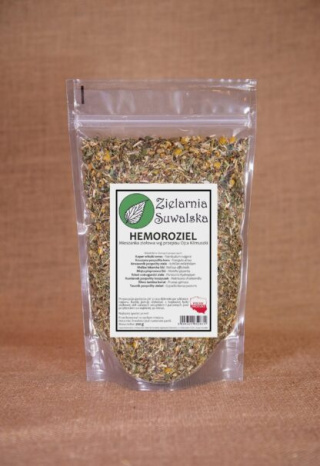
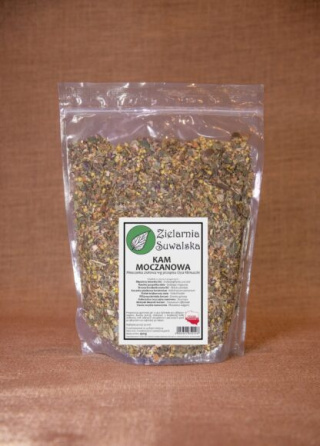
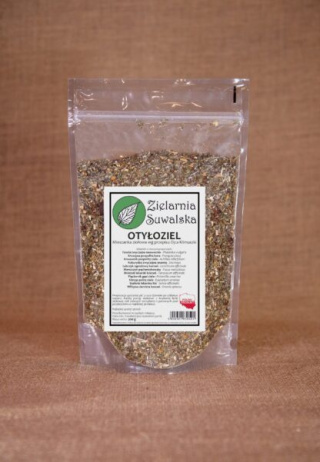
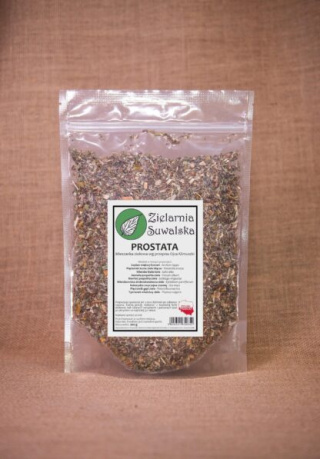

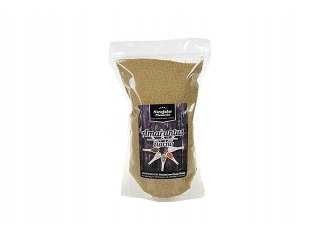
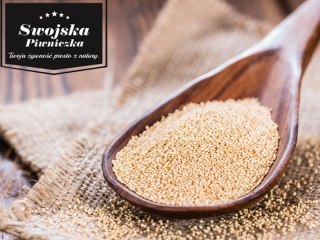
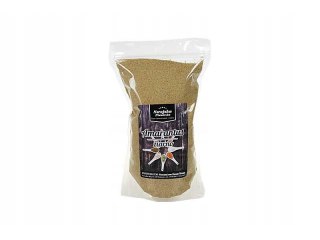
![MĄKA Z AMARANTUSA [HURT] 25kg [Cena]](/images/ch961/1000-2000/MAKA-Z-AMARANTUSA-HURT-25kg-Cena_%5B1068%5D_320.jpg)
